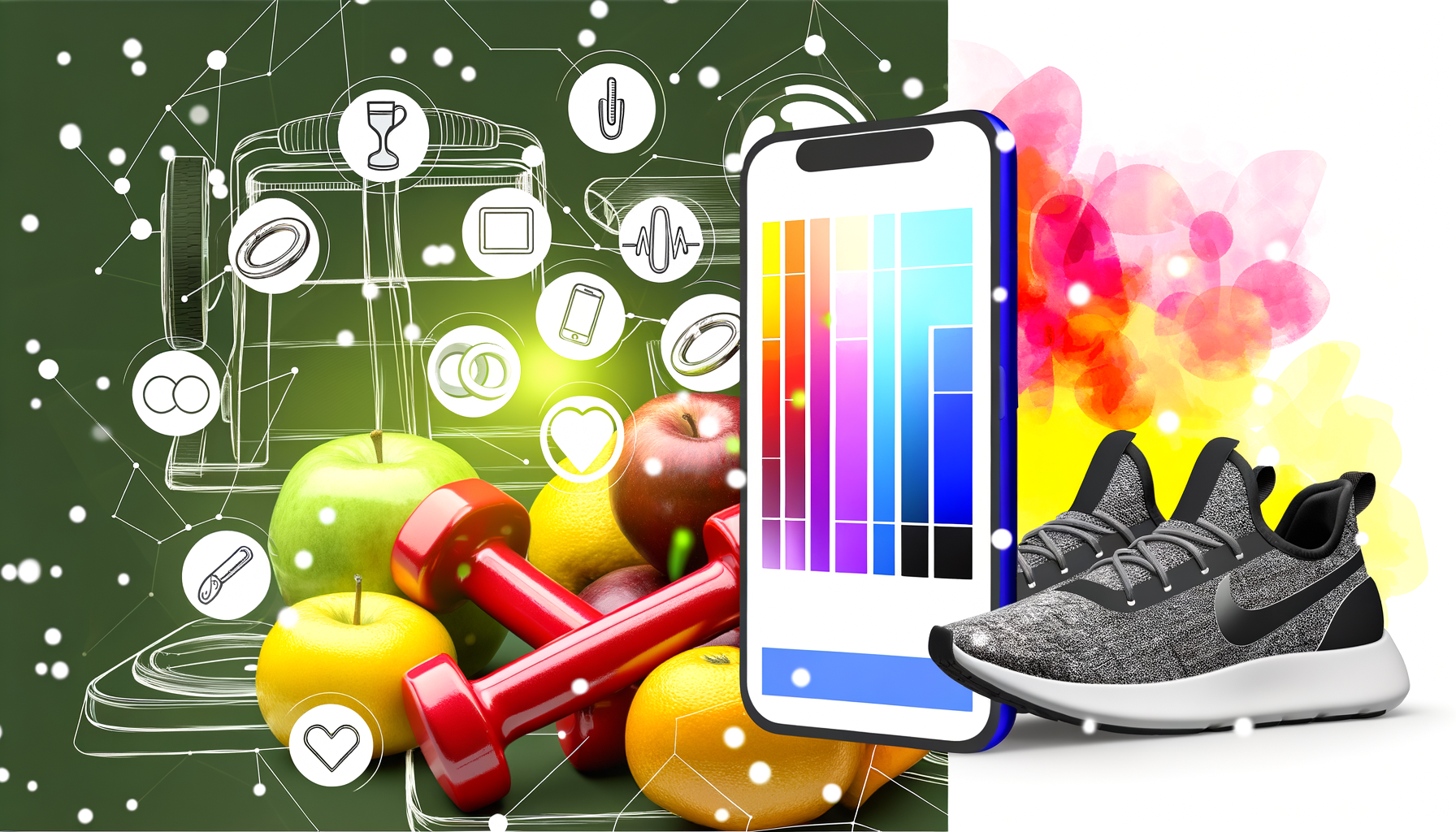Leveraging Calorie Data for Personalized Running Programs
Unlocking the Power of Calorie Data in Endurance Training
For runners, optimizing performance and recovery is crucial, and leveraging calorie data can be a game-changer. Personalized running programs that incorporate detailed calorie data can help athletes tailor their training, nutrition, and recovery strategies to achieve their goals more effectively. In this article, we will delve into how calorie data can be harnessed to create personalized running programs, enhancing endurance training and overall performance.
The Importance of Calorie Data in Running
Calorie data is essential for runners because it helps in understanding the energy demands of their training regimen. The energy expenditure during running varies significantly based on factors such as the runner's weight, training intensity, and distance covered. For instance, longer and more intense training sessions are higher in caloric expenditure, necessitating a careful calculation of daily caloric requirements to ensure adequate energy availability.
A personalized nutrition plan, which is a cornerstone of any effective running program, must consider these caloric needs. By analyzing the calorie data, runners can adjust their diet to include the right balance of macronutrients—carbohydrates, proteins, and fats—to support performance and recovery.
Individualized Workout Programs
Modern fitness technology allows for the creation of individualized workout programs that adapt in real-time to the user's performance. By harnessing data from wearable devices and mobile apps, trainers can design workout programs that adjust intensity based on the user's heart rate and other biometric data. This level of personalization ensures that the workout is always challenging yet safe, optimizing the runner's progress.
For example, if a runner's heart rate indicates they are not exerting themselves to the desired level, the program can automatically increase the intensity of the workout. Conversely, if the data shows signs of overtraining, the program can advise the runner to take a rest day or reduce the intensity.
Nutritional Optimization
Nutritional optimization is another critical aspect of personalized running programs. By leveraging calorie data, runners can ensure they are consuming the right amount and type of nutrients to support their training. This involves calculating daily caloric needs based on the training regimen and adjusting the diet accordingly.
A personalized nutrition plan for runners should include a balanced intake of carbohydrates, proteins, and fats. Carbohydrates are the primary fuel source for endurance activities, while proteins are essential for muscle repair and recovery. Fats, though less emphasized, are necessary for long-term energy storage and overall health.
For instance, pre-run meals and snacks should balance carbohydrates and proteins to fuel the workout, focusing on easily digestible sources to minimize gastrointestinal discomfort. Suitable pre-run meals include a banana with almond butter or a fruit and protein powder smoothie.
Predictive Health Modeling and Community Support
Advanced algorithms can predict potential health risks and suggest preventative measures, further enhancing the personalized running program. For example, analyzing a runner's exercise and sleep patterns can forecast the risk of developing health issues such as type 2 diabetes, prompting early lifestyle changes.
Moreover, personalized running programs can extend beyond individualized workouts and nutrition plans to include community support. Users with similar fitness goals or interests can connect, share experiences, and motivate each other, fostering a sense of belonging and accountability.
Real-World Examples and Case Studies
Several studies and real-world examples illustrate the effectiveness of leveraging calorie data in personalized running programs. For instance, a feasibility study involving breast cancer survivors used a combined fitness wristband-based and personalized exercise prescription intervention, showing promising trends in biomarkers and functional fitness.
Another example is the use of personalized dietary programs (PDPs) that incorporate multiple biological inputs and lifestyle factors. A randomized clinical trial found that a PDP led to significant improvements in body weight and waist circumference compared to general dietary advice.
Engagement and Retention Strategies
Engagement and retention are crucial for the success of any personalized running program. Gamification, which involves incorporating game-like elements such as points, badges, and leaderboards, can make the experience more engaging and encourage consistent participation.
Additionally, wearable integration and real-time feedback can enhance user engagement. For example, a novel mobile app that provides real-time, personalized dietary advice using computer vision and cloud computing can help runners stay on track with their nutrition plans.
Conclusion and Next Steps
In conclusion, leveraging calorie data is a powerful way to create personalized running programs that enhance endurance training and overall performance. By integrating data from wearable devices, mobile apps, and nutritional analysis, runners can optimize their workouts, nutrition, and recovery strategies.
If you are looking to take your running to the next level, consider using tools like the WP Calorie Calculator to help you calculate your daily caloric needs and plan your nutrition accordingly. For more detailed plans and pricing, check out the WP Calorie Calculator Plans.
Remember, personalization is key. By tailoring your training and nutrition to your specific needs and goals, you can achieve better results and maintain a healthier, more balanced lifestyle.











